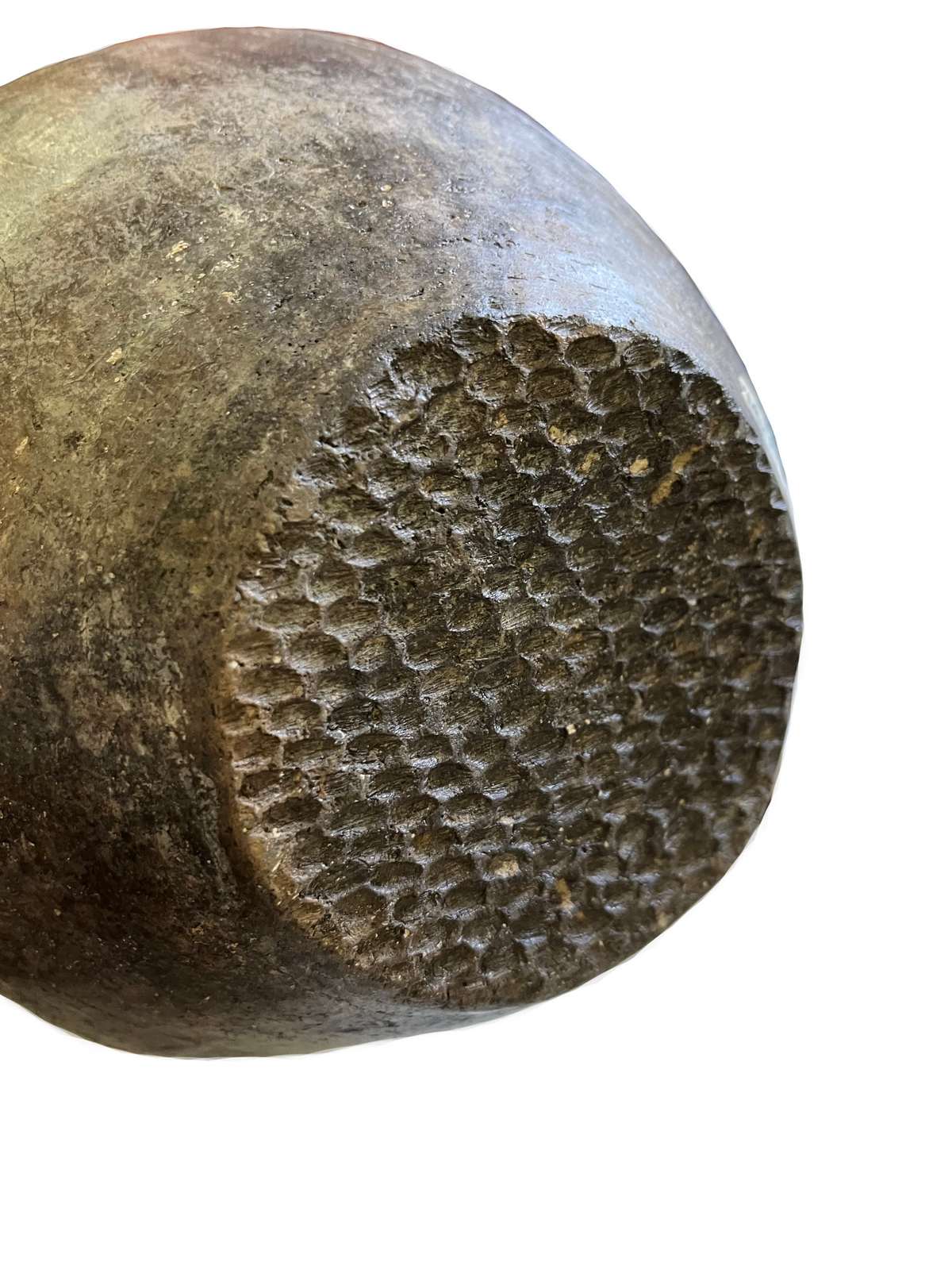 On May 23, 2023, at the National Museum of the Union in Alba Iulia, Romania, the inauguration ceremony of the photo-documentary exhibition "Childhood in the Gulag" (curator Ludmila D. Cojocaru) took place. The exhibition presents images about the life of Bessarabian children condemned by the totalitarian-communist regime of the Moldavian SSR to deportation, starvation, Russification, indoctrination, forced excision from their own families, during the years 1940-1941 and 1944-1953.
On May 23, 2023, at the National Museum of the Union in Alba Iulia, Romania, the inauguration ceremony of the photo-documentary exhibition "Childhood in the Gulag" (curator Ludmila D. Cojocaru) took place. The exhibition presents images about the life of Bessarabian children condemned by the totalitarian-communist regime of the Moldavian SSR to deportation, starvation, Russification, indoctrination, forced excision from their own families, during the years 1940-1941 and 1944-1953.
At the opening of the event, the vice-president of the Alba Iulia County Council, Mr. Dumitru Fulea, greeted the guests and thanked the National Museum of History of Moldova and the National Museum of the Union in Alba Iulia for the joint effort in presenting the traumatic pages of the past toward a large audience. The concept of the exhibition was presented by Dr. Ludmila D. Cojocaru and Dr. Virgiliu Bîrlădeanu, relating on the actuality of the recovering, documentation and historical investigation of the testimonies of the victims of the totalitarian-communist regime in Bessarabia. The director of the National Museum of the Union Alba Iulia, Mr. Gabriel Rustoiu, referred to the prospects of bilateral cooperation regarding the dissemination of historical knowledge through museographical activities, especially among the young generation on both banks of the Prut River.
The exhibition brings together about 180 photo-documentary images, accompanied by memories and archival documents from the collections of the National History Museum of Moldova, the Edineț County Museum, the Museum of History and Ethnography in Soroca, the INIS ProMemoria Archive of the MSU, as well as from the archives of the communities memory and of the survivors of the totalitarian-communist regime in the Moldavian SSR.
The exhibition presented in Alba Iulia is a homage to the children who went through the atrocities of the totalitarian-communist regime in the USSR, as well as an action condemning the war launched by the Russian Federation against Ukraine.
The photo-documentary exhibition „Childhood in the Gulag" can be visited between May 23 - June 30, 2023, at the headquarters of the National Museum of the Union in Alba Iulia (str. Mihai Viteazul 12-14, mun. Alba Iulia, Romania).
The Opening of the photo-documentary exhibition „Childhood in the Gulag" was organized within the project „Edification of a European culture of memory by promoting intergenerational communication and cross-border cooperation. Exchange and implementation of the best practices between Lithuania and Moldova", with the support of the „The Development Cooperation and Democracy Promotion Programme" of the Ministry of Foreign Affairs of the Republic of Lithuania.





























































